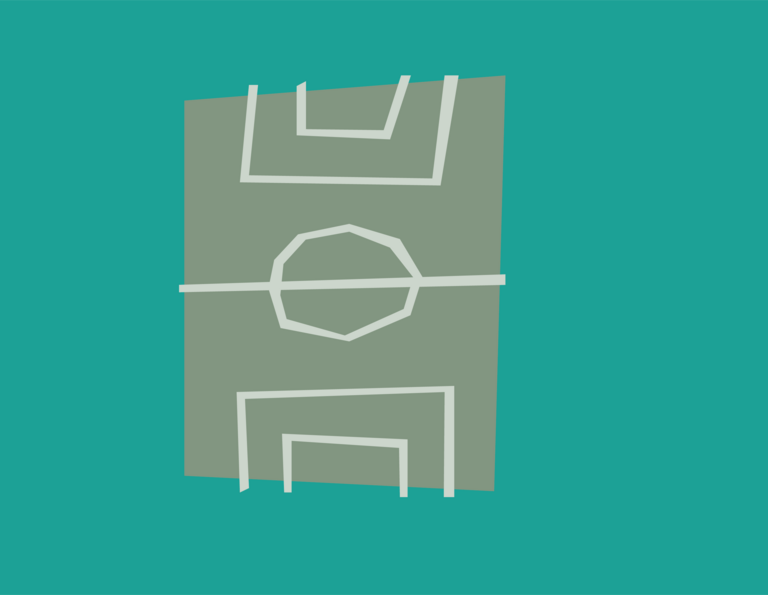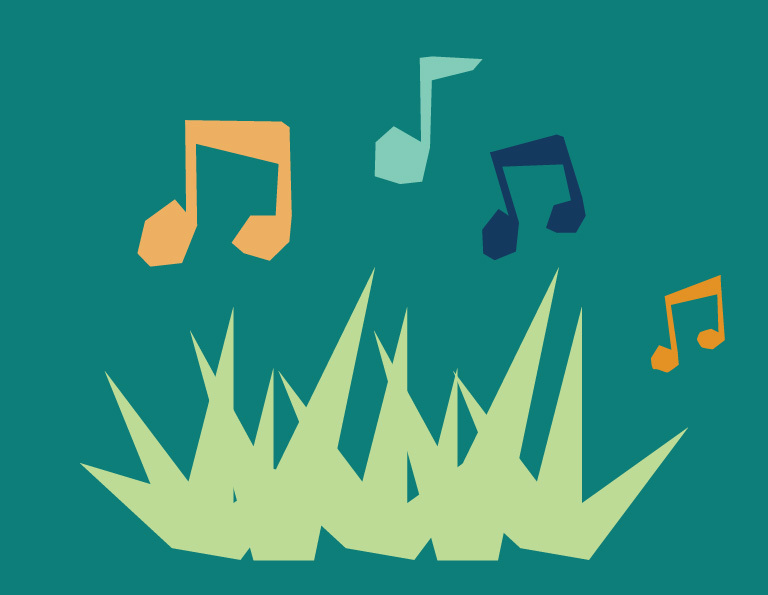Top tips for stargazing
- Find the darkest spot you can. Get away from street-lights or moonlight, even if its just in the shadow of a tree or wall.
- Look up. You'll get a clearer view because there is less air in this direction to disrupt the light.
- It's great to stargaze while lying down.
- Your eyes take up to 20 minutes to get used to the dark. Be patient. The longer you wait, the more you'll see.
- If you need a torch use a red light like a bike light. It doesn't affect your night vision as much.
- You can see lots in the night sky just with your eyes. You don't always need a telescope or binoculars. They come in handy for seeing fainter objects. You can also get a better look at the Moon and star clusters through them.
- Wait around 15 minutes when using binoculars. This gives them time to cool down outside.
- Look slightly to one side to see faint objects. This is called Averted Vision.
- Almost all stars look white. In fact, they are lots of colours. The colours can tell us how hot the surface is. Red is cooler and blue is the hottest. If you use binoculars out of focus you'll be able to see the colours.
Top tips for looking at the Moon
- Look for the large black mare (pronounced 'mar-ray'). There used to be lakes of lava here. Research suggests that the Moon had volcanic activity until about 100 million years ago.
- Monitor the Moon on different nights. Compare its position against the background stars to see how far it's moved in its 27 day orbit of our planet.
- See the Moon at different phases. It looks quite different depending on how the Sun is lighting it. By doing this you will see different craters and features.
- Check this out! There is an illusion that makes the Moon appear larger than it is. Try pinching it between your fingers to get a better sense of its true size.
- The Moon is just over a quarter the width of Earth and a quarter of a million miles away. From the Moon, Earth would look about four times as wide.








